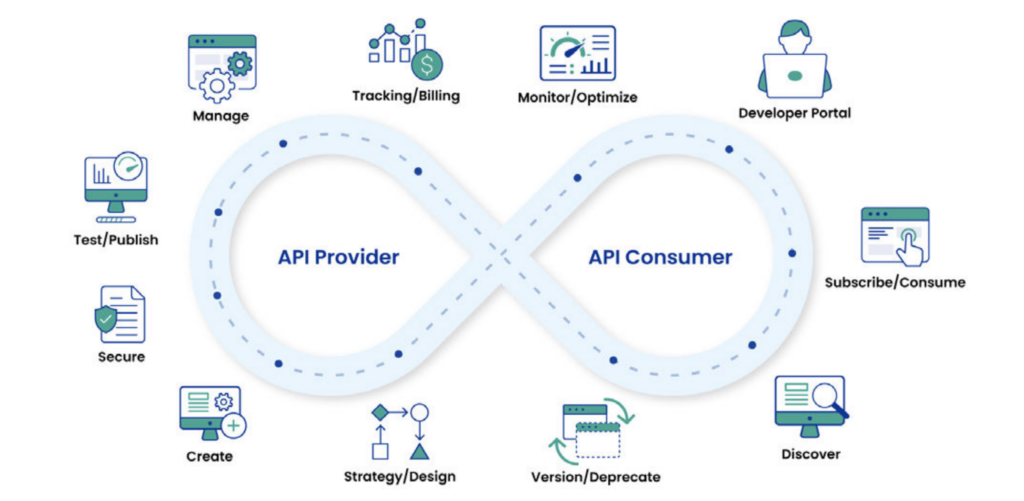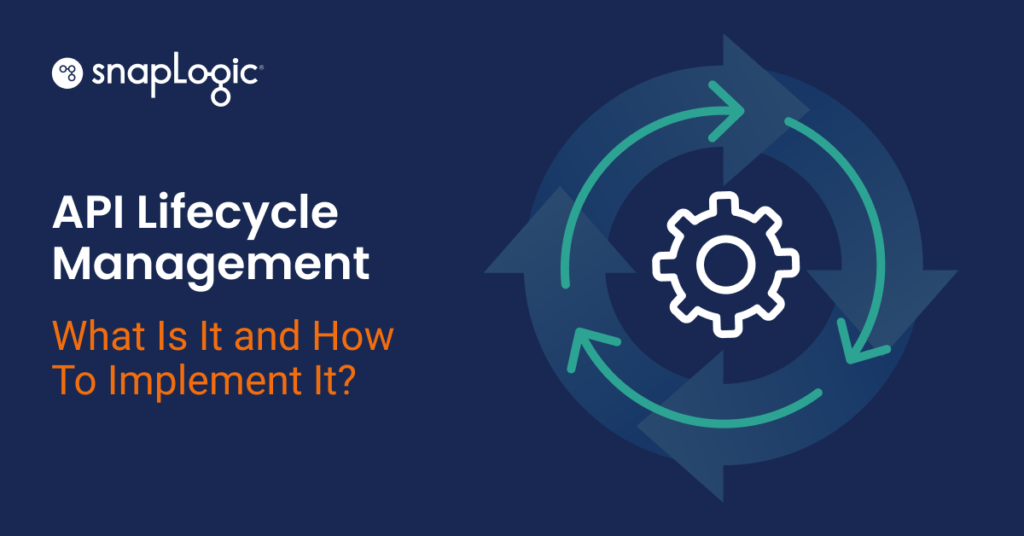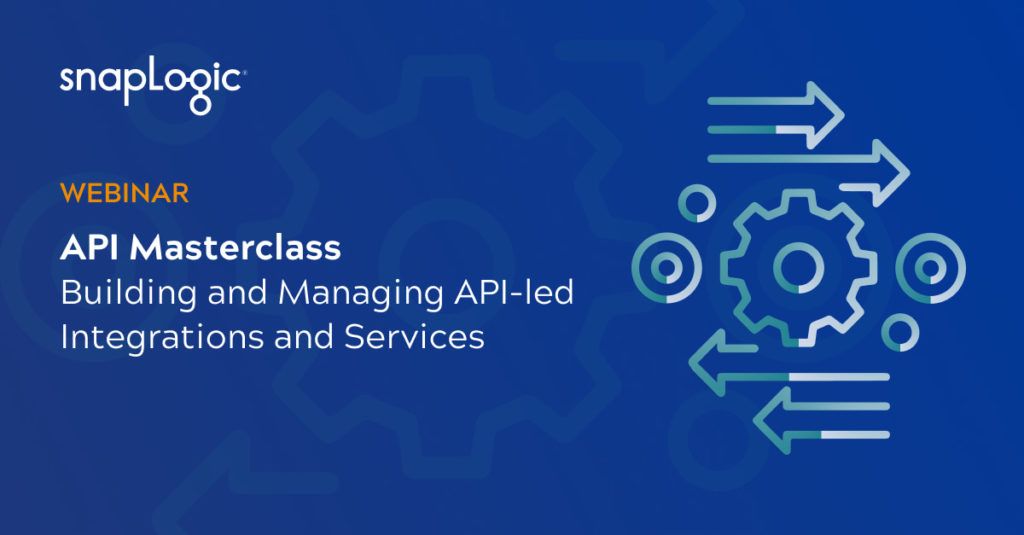What is API Management?
API management is the creation, assessment, and analysis of application programming interfaces (APIs). It is important for companies to use API management to monitor and maintain the performance and usefulness of their APIs, both internal and external. They need to ensure that their APIs are working as intended and are helping their business. If you’re wondering what is APIM, it stands for API Management, a vital process that businesses use to handle their APIs effectively.
API management also helps companies strengthen security for API usage. This is important as an API is basically a window into a company’s internal workings, which are often exposes the points most vulnerable to attack. For a quick APIM definition, it is the framework that helps ensure API security, performance, and functionality across different platforms.
What’s an API management platform?
An API management platform generally provides a range of API-based functions to their users. For example, APIs form the cornerstone of a company’s online interaction with their customers, through systems like web portals and apps. API management creates a set of tools and feedback functions that test and report on the functioning of these various APIs.
API management can be provided as a SaaS (Software as a Service), locally from the cloud, or a mixture of both. SnapLogic API management tools offer seamless integration solutions, making it easy for enterprises to manage, secure, and optimize their APIs.

Features of an API management platform
- Development: Providing tools, advice, and storage for designing APIs
- Publishing: A collection of tools for testing, debugging, optimizing, and publishing APIs
- Gateway: A service that enforces security policy through monitoring requests and controlling authorization
- Analytics: Here API management allows users to understand their API usage better through a variety of metrics
- Monetization: Providing a system which allows a company to charge for the use of its API

The future of API management
The API management market is rapidly expanding, driven by the increasing adoption of digital transformation initiatives across industries. Organizations are leveraging APIs to enhance connectivity, foster innovation, and streamline operations by integrating diverse systems and applications. There is a strong demand for API management solutions that offer robust security, seamless scalability, and extensive analytics capabilities.
SnapLogic API management platforms play a crucial role in addressing the growing complexities of API management, offering robust security, API lifecycle management, and extensive analytics to meet the demands of modern IT environments. With the growing importance of cloud computing, IoT, and microservices architecture, the API management market is expected to continue its upward trajectory, enabling businesses to unlock new opportunities for growth and efficiency.
FAQs for APIM
1. What is API management and why is it important?
API management is the process of creating, securing, monitoring, and analyzing APIs to ensure they are performing optimally and meeting business needs. It’s essential because APIs expose critical parts of an organization’s digital infrastructure, making API security, performance, and reliability crucial for business operations.
2. How does an API management platform work?
An API management platform offers tools for developing, testing, securing, publishing, and monitoring APIs. It ensures that APIs function correctly, remain secure, and provide insights into usage through analytics. Platforms like SnapLogic’s API management also provide features such as version control, monetization, and developer engagement portals.
3. What are the key features of SnapLogic’s API management platform?
SnapLogic’s API management platform includes:
- Development Tools: For API design and testing.
- Security Gateway: Enforces security policies to protect against unauthorized access.
- Analytics: Tracks API usage and performance metrics.
- Monetization Options: Allows companies to monetize API usage.
- Scalability: Provides seamless integration and scaling across cloud and on-prem systems.





